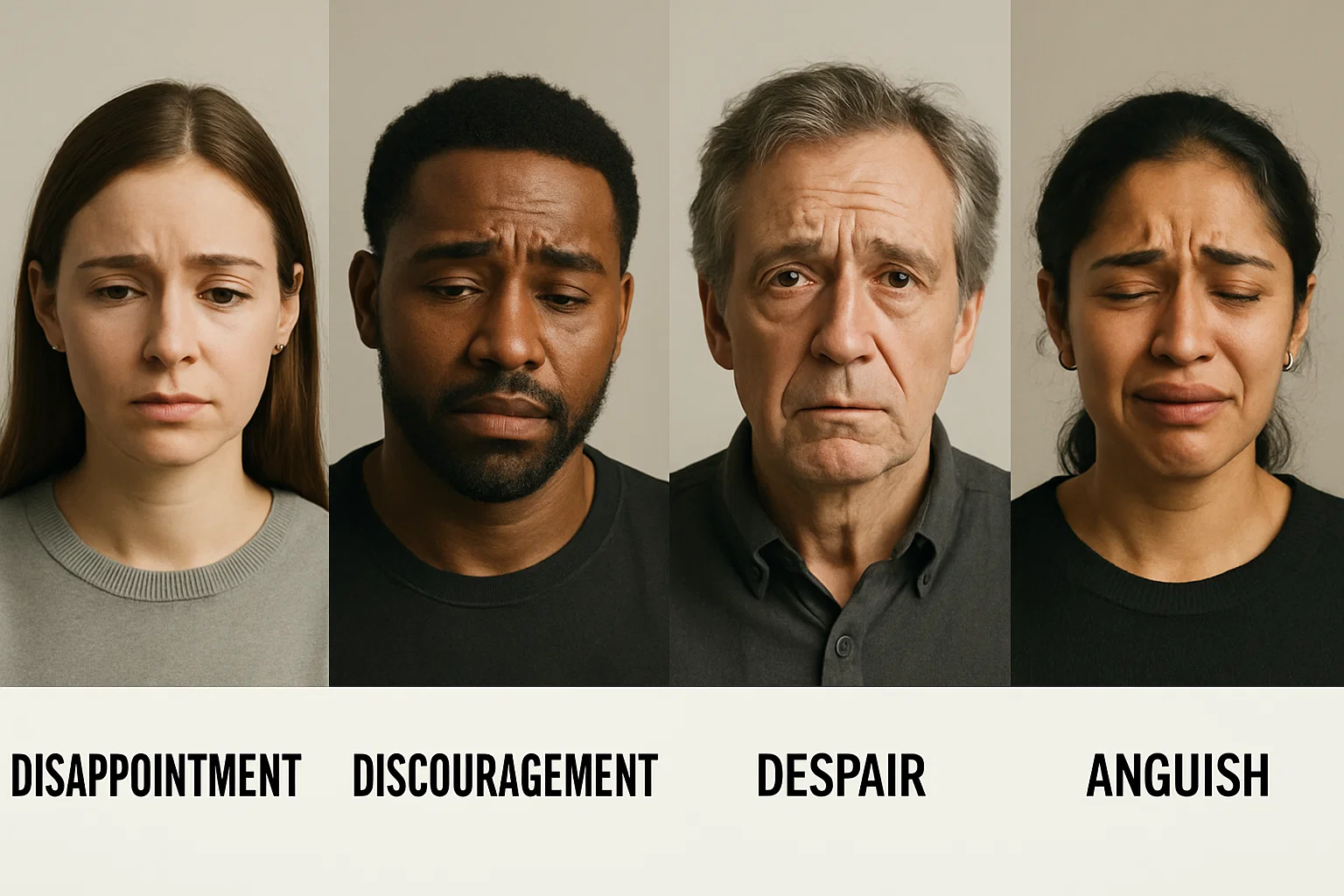
The Science of Emotional Precision
Emotional granularity refers to the ability to make fine-grained distinctions between similar emotional states. Rather than experiencing emotions in broad categories like "good" or "bad," individuals with high emotional granularity can differentiate between nuanced feelings like frustration versus irritation, or contentment versus joy.
Research by Dr. Lisa Feldman Barrett and others has shown that people with greater emotional granularity experience better psychological wellbeing, are more resilient in the face of stress, and make better decisions. This precision in emotional awareness acts as a form of emotional regulation—when you can accurately identify what you're feeling, you're better equipped to respond appropriately.
The Neuroscience Behind Emotional Granularity
Your brain constructs emotions based on past experiences, current context, and bodily sensations. When you have a rich vocabulary for emotions and can distinguish between similar states, your brain becomes more precise in its emotional predictions and responses. This isn't just about knowing more words—it's about training your brain to perceive emotional reality with greater accuracy.
Studies using fMRI imaging show that people with high emotional granularity have more differentiated patterns of brain activity in regions associated with emotion processing. Their brains literally create more distinct neural signatures for different emotional experiences.
Practical Benefits of Emotional Granularity
- Better Emotional Regulation: Precise identification leads to more targeted responses
- Improved Decision Making: Understanding subtle emotional cues informs better choices
- Enhanced Relationships: Clearer communication about emotional states
- Reduced Anxiety: Less uncertainty about internal experiences
- Increased Resilience: More nuanced understanding of stress responses
Developing Your Emotional Vocabulary
The foundation of emotional granularity is having a rich vocabulary for emotional experiences. This goes beyond basic emotions like happy, sad, angry, or afraid. Consider the difference between:
Anxiety Family
Nervousness, worry, apprehension, dread, panic, unease, tension, restlessness
Joy Family
Contentment, delight, elation, euphoria, satisfaction, amusement, bliss, serenity
Anger Family
Irritation, frustration, rage, indignation, resentment, annoyance, fury, outrage
Sadness Family
Melancholy, grief, despair, disappointment, sorrow, dejection, gloom, mourning
Practice Exercises
1. Emotion Journaling
Three times daily, pause and identify your current emotional state using specific words. Instead of "stressed," try "overwhelmed," "pressured," or "scattered."
2. Body Scanning
Notice physical sensations and connect them to emotional states. Tight shoulders might indicate tension, while a warm chest might signal contentment.
3. Emotional Intensity Scaling
Rate emotions on a 1-10 scale and notice how the same emotion can vary in intensity. A "3" anger might be irritation, while an "8" could be fury.
Integration with Daily Life
Emotional granularity isn't just an academic exercise—it's a practical skill that enhances every aspect of life. In relationships, being able to say "I'm feeling overlooked" rather than "I'm upset" provides your partner with actionable information. In work situations, distinguishing between "challenged" and "overwhelmed" helps you respond appropriately to stress.
The goal isn't to become emotionally analytical or detached, but to develop a more nuanced and accurate relationship with your inner experience. This precision becomes a form of self-compassion— understanding exactly what you're feeling allows you to respond to yourself with greater kindness and effectiveness.